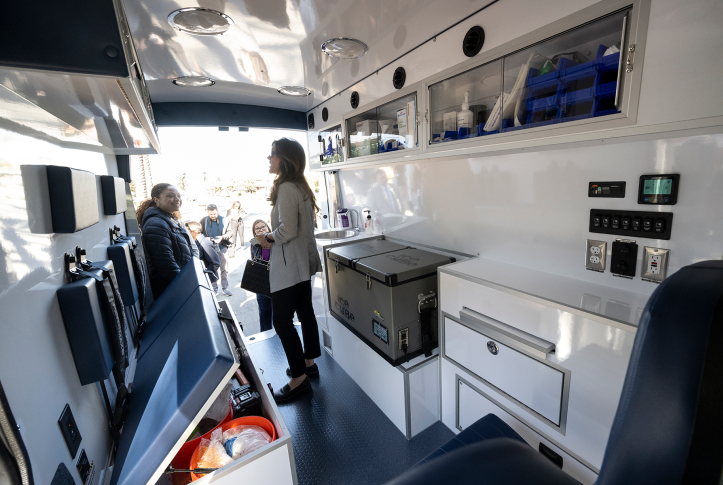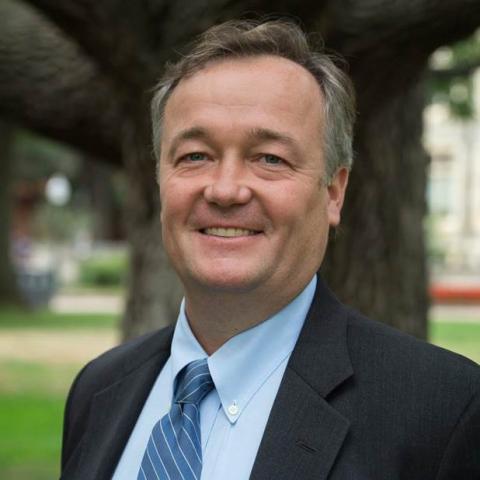For consumers, the goal of the No Surprises Act (NSA) is to avoid financial penalties in the form of surprise bills when they are treated by an out-of-network facility or provider in circumstances where they have no opportunity to receive in-network care. The law appears to be fulfilling that goal — consumers are mostly not receiving costly surprise bills.
For insurers, health plans, facilities, and providers, the goal is fair payment. The law requires that payers make prompt payments to out-of-network facilities or providers. Providers that consider the amount inadequate can challenge it using the NSA’s independent dispute resolution (IDR) process. If the payer and provider cannot reach agreement, each party offers an amount. An arbitrator then selects one of the offers, which becomes binding.
Congress set guardrails on IDR to help contain costs by defining the qualifying payment amount (QPA) as the median in-network rate for the service. The QPA, a market-driven rate, is used as a factor by arbitrators; the use of higher billed charges or lower government rates is not allowed. Providers have successfully challenged in court the emphasis on QPA, arguing that it should be treated equally by arbitrators with other factors specified in law (e.g., case complexity and prior contracted rates). A reduced role for the QPA in arbitration could mean higher awards and jeopardize cost-containment goals.
On February 15, 2024, federal agencies (i.e., the U.S. Departments of Health and Human Services, Treasury, and Labor, and the Office of Personnel Management) reported on IDR cases resolved in the first half of 2023, including offer amounts submitted by each party and the amount of the winning offer, expressed as a percentage of the QPA.
IDR Filings Continue to Increase, But More Are Being Resolved
In the first half of 2023, 288,000 new IDR cases were filed, well above the 200,000 cases in all of 2022. Both numbers far exceeded the government’s estimate of 17,000 cases per year. The largest shares of submissions comprise emergency services, radiology services, and air ambulance services.
The high volume has led to backlogs in seeing cases resolved, although there was progress in 2023. In 2022, only 18,000 cases saw payment determination made by arbitrators. In the first half of 2023, another 84,000 cases were settled, representing a significantly increased rate of decision-making. Still, the median time to resolve a case in the most recent reported period was 76 days — well above the statutory requirement of 30 days. There was a backlog of about 300,000 cases as of June 2023.
Providers Are Winning and Winning Big
The federal agencies report that providers, facilities, or air ambulance providers won about 77 percent of resolved cases, including a substantial subset of cases where only one party submitted an offer and paid the required fees (i.e., a default win for the submitting party).
The reward for a win was substantial. The median amount accepted in arbitration in the second quarter of 2023 when payers won was the same as what they typically pay in network — 100 percent of the QPA. By contrast, when providers won, they received triple their typical in-network rate — 322 percent of the QPA.
Private Equity Plays an Important Role
The report filed in February shows most cases are being filed by just a few provider organizations. In the second quarter of 2023, four organizations accounted for about two-thirds of all cases. All four are backed by private equity, some with a pre-NSA history of exploiting surprise billing as a business strategy. They may now be using the IDR strategy to increase revenues.
Looking Forward
The IDR system remains under pressure from high caseloads. Still, most claims never enter the IDR process. The leading associations representing payers have estimated that about 80 percent of 10 million out-of-network claims in the first three quarters of 2023 saw initial payments accepted by providers; fewer than 7 percent went through IDR. (The rest were settled informally.)
Because providers are winning most IDR cases and wins yield them nearly three times the usual in-network rates offered by payers, the cost implications are significant. The Congressional Budget Office (CBO) originally estimated that the NSA would cause the growth trend in insurance premiums to fall by 0.5 to 1.0 percent. CBO’s estimate was based on the idea that the prevailing in-network rate would be a key benchmark for both payers’ initial offers to providers and arbitrators’ payment determinations. The current pattern of payment determinations could lead to higher provider rates in future plan–provider rate negotiations for in-network services.
The new data offer some signs that stakeholders are getting used to the process and that decisions will come more swiftly. The federal agencies issued a proposed rule in October 2023 that should further help speed up the system with better communication among parties and upgrades to the way cases are submitted.
Nevertheless, if early results persist, CBO’s estimated premium trend reduction may not be achieved. The outcomes of the ongoing litigation and the reactions of stakeholders will be critical to whether the No Surprises Act achieves cost-containment goals.




